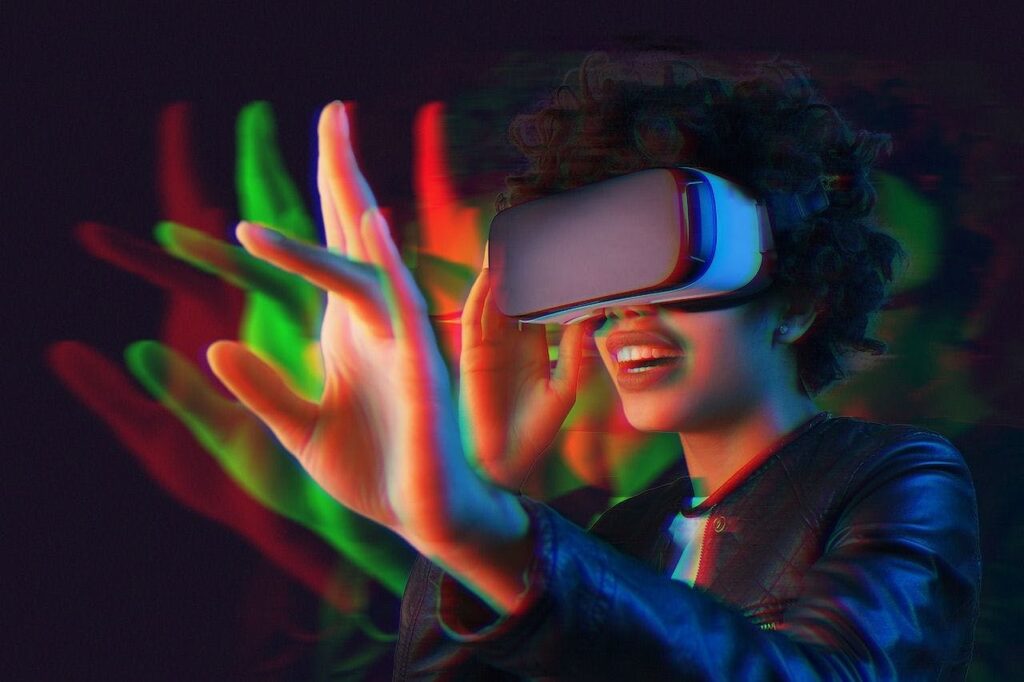Is the Metaverse a Game-Changer in Technology or Just a Passing Fad?

Introduction
The metaverse has been one of the most hyped technologies of recent years, with many believing it to be the future of digital interaction, virtual economies, and decentralized ownership. Tech giants like Meta, Microsoft, Apple, and Google have invested over 60 billion U.S. dollars in its development, positioning it as the evolution of the Internet as we know it.
However, despite the excitement surrounding the metaverse, it has its drawbacks such as low user engagement rates, unclear potentials, and underlying value propositions. The question remains: Is the metaverse truly the next big thing, or is it just another technological bubble waiting to burst?
The Hype: What We Were Promised
A Persistent and Fully Immersive Virtual World
The concept of the metaverse was initially envisioned as a permanent 3D world where people could work, socialize, and shop using virtual reality and augmented reality. Companies like Meta saw it as the future of social networking, where individuals would interact as avatars in digital environments rather than traditional social media platforms.
Digital Ownership in the Form of NFTs and Blockchain
The metaverse was promoted as a decentralized network of virtual worlds built on blockchain technology, with NFTs serving as proof of ownership for virtual assets, land, and in-game items. Platforms like Decentraland and The Sandbox gained popularity, with investors speculating on the potential of a digital economy.
The Future of Work and Collaboration
Companies like Microsoft and Meta envisioned remote work and digital collaboration happening within the metaverse, replacing traditional video conferencing with virtual reality-based workspaces. Products like Meta’s Horizon Workrooms and Microsoft’s Mesh for Teams aimed to revolutionize business meetings and collaboration across distances.
A Multi-Trillion-Dollar Economy
Analysts predicted that the metaverse could generate trillions of dollars by 2030, leading many companies to develop metaverse strategies to stay ahead in the market. Major brands also joined in, selling virtual products within digital worlds to tap into this emerging economy.
The Reality: What Happened This Time Around
Despite the initial promises, the metaverse has not lived up to expectations in several key areas:
Low Rates of User Engagement and Participation
Most metaverse platforms struggle to attract a wide user base, with even well-funded projects like Decentraland and The Sandbox having limited daily active users. Meta’s Horizon Worlds also faced challenges, leading the company to shift its focus towards enterprise solutions.
The Decline of NFTs and Virtual Land Prices
The crash of the 2022 NFT market highlighted the speculative nature of digital assets, causing a drop in the value of virtual land in metaverse projects. Companies like Walmart and Disney scaled back their metaverse plans in favor of other technologies.
VR and AR Still Niche Technologies
Mass adoption of VR and AR technologies is hindered by high costs, hardware limitations, and lack of content. Without significant improvements in these areas, the metaverse’s immersive potential remains unrealized.
Interoperability is Missing
Current metaverse projects lack interoperability, preventing users from transferring assets and identity across platforms. Without cooperation and a unified standard, the vision of a connected metaverse remains unattainable.
Despite these challenges, the metaverse continues to evolve with potential future changes including:
Virtual Worlds Powered by AI
AI and machine learning will play a crucial role in enhancing the metaverse, enabling more realistic and engaging virtual environments through AI-powered avatars and world-building technologies.
The Enterprise Metaverse Driving Growth
While consumer interest may have waned, businesses are increasingly adopting the metaverse for training, collaboration, and simulations across various industries. Companies like Walmart, BMW, and Ford are utilizing VR for employee training and production enhancement.
The Role of Web3 and Blockchain in the Metaverse
Although the NFT craze has subsided, blockchain technology remains relevant in the metaverse, particularly for digital identity and asset ownership. However, centralized platforms are expected to dominate over decentralized blockchain-based metaverses.
In conclusion, while the metaverse may have lost some of its initial hype, its core concepts continue to develop. The future is likely to involve a combination of AI, Mixed Reality, and Web3 technologies in a more realistic and sustainable manner. The metaverse is evolving, and the question remains: Are we prepared for what comes next?
Source link
#Metaverse #Technological #Revolution #Bubble




